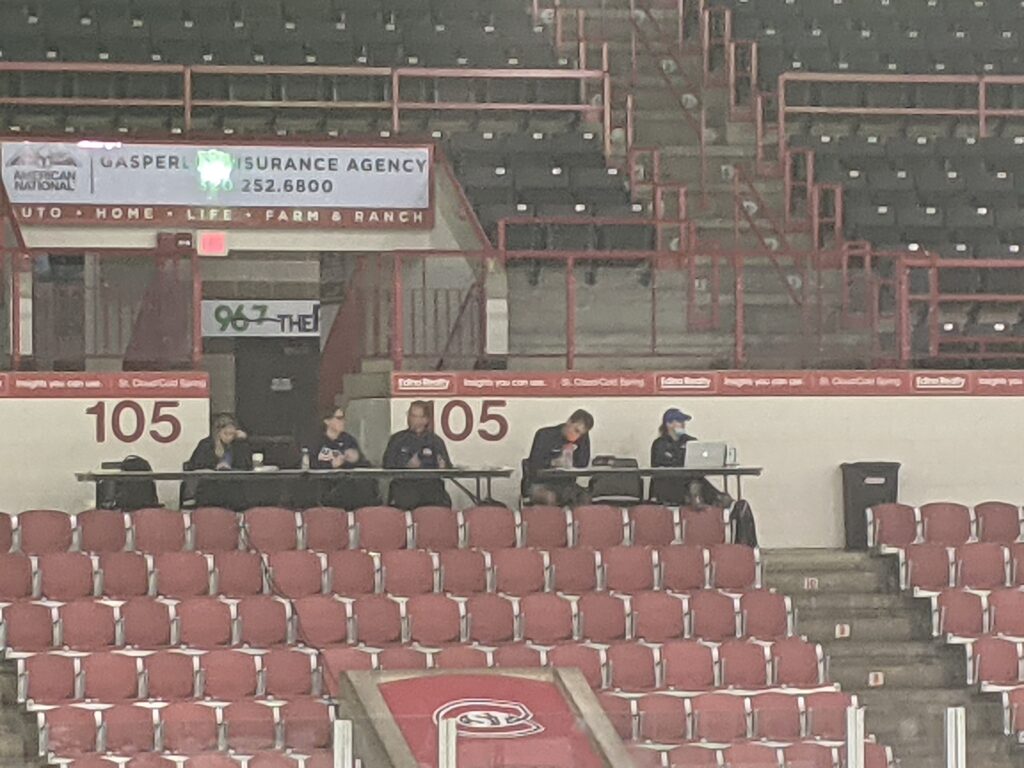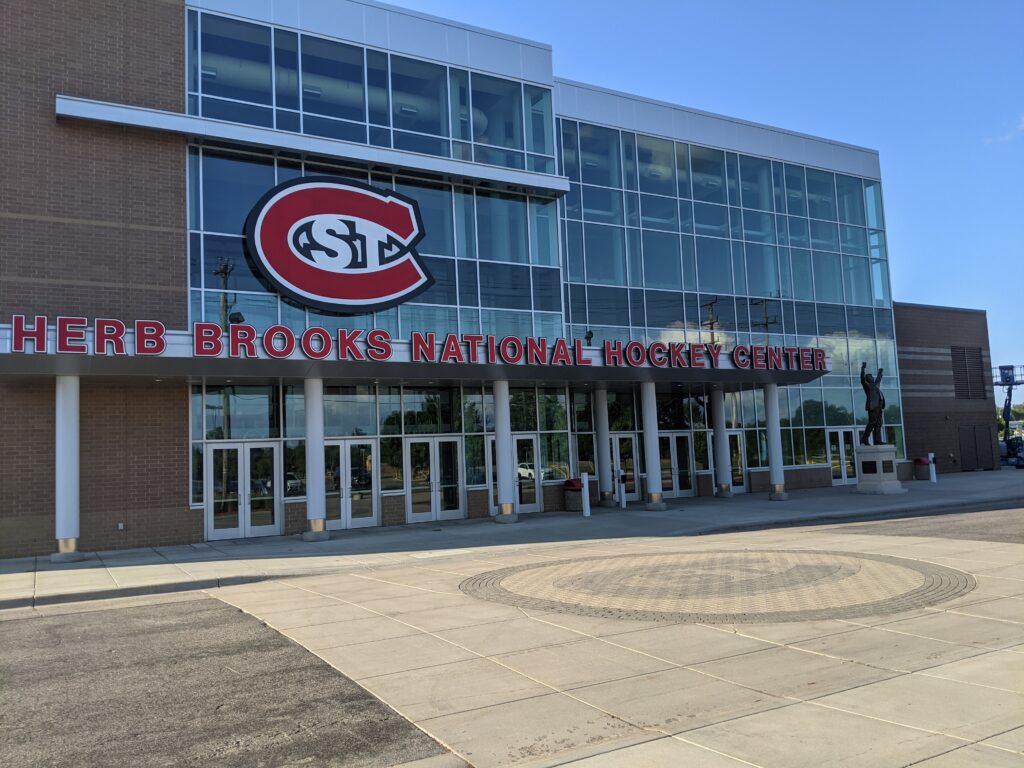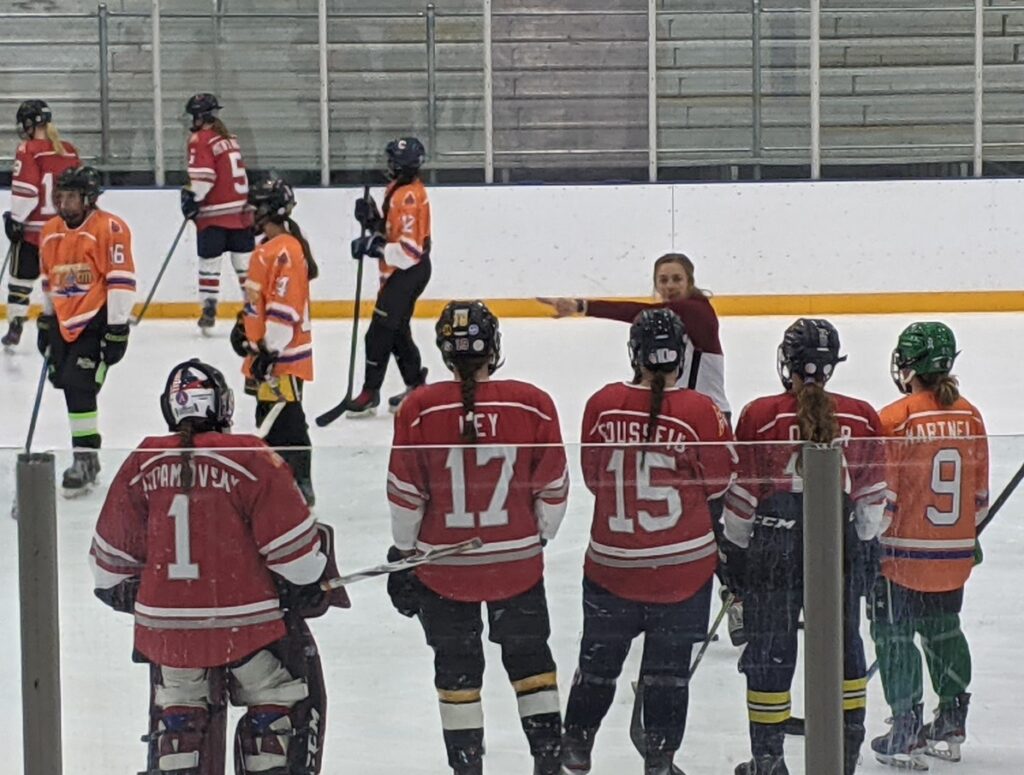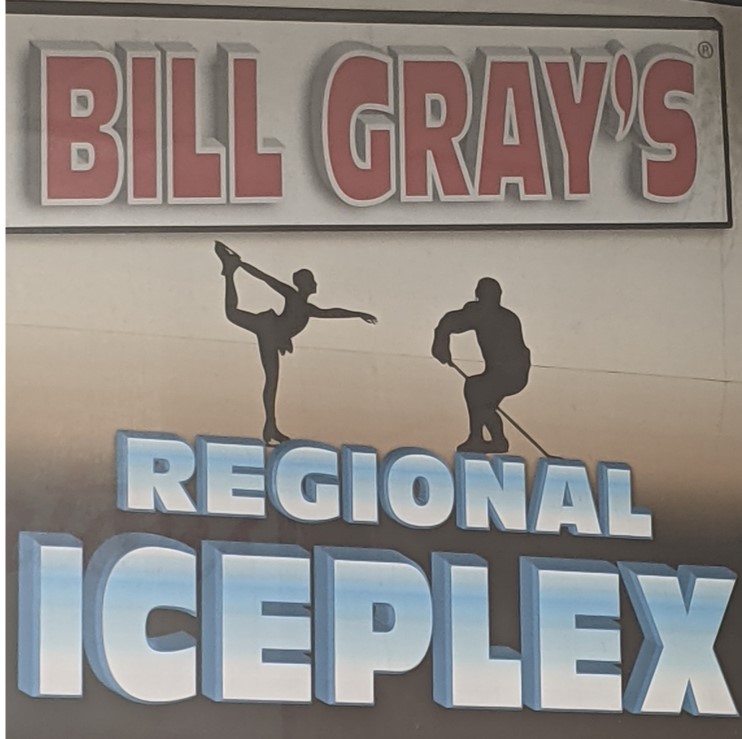In previous posts I have discussed attending showcases and camps which are scouted by college coaches. One of the key aspects of participating in these events is to recognize how they fit in to the end-to-end college recruiting process. Except for the rare exceptional player, attending any single event likely contributes only a fraction of the information involved in getting an offer from a school. As discussed many times before, each student-athletes recruiting journey is unique. However, this post serves as a general framework on defining the college athlete recruiting process. In addition, it attempts to provide context on tracking the process. Hopefully this information helps players and parents set reasonable expectations for what should happen depending on which stage of their journey they are in.
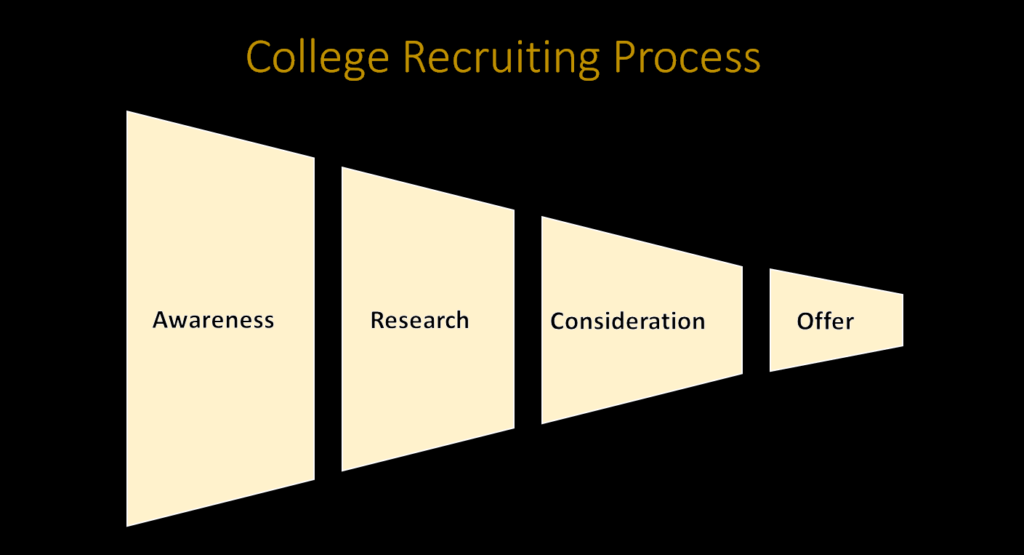
Awareness
How do coaches find and track potential student-athlete recruits? Here is a non-exhaustive list of sources for schools to add names to their recruiting database.
- Top program rosters (e.g. hockey academy, prep school, top AAA club)
- USA Nationals
- USA Hockey national camp
- In-season tournaments
- Spring/summer showcases
- College summer camps
- Inbound email from player
- Team website interest form
- Coach referral

Research
How do teams scout and collect player information? How are players evaluated and rated?
Once a player is on a team’s radar, then they are researching the player to see if they might be a fit for their program. Here are the some of their primary sources of data gathering.
- Watch livestream games (e.g. LiveBarn, HockeyTV)
- Watch games in-person
- Coach references (current, past, opposing team)
- College summer camps
- Public available data (social media, Elite Prospects, team/league websites, MyHockeyRankings)

Consideration
How do teams rank players and narrow their list for potential offers?
Assuming a players skill level meets a certain standard to be considered for a potential offer from the research phase, then additional information is also collected to be used in the decision-making process.
- Past interactions (camps, showcases etc.)
- Phone/Zoom/In-person conversations (interviews)
- Virtual visits
- Unofficial visits
- Official visits
Prior to starting Champs App, my last company focused on the employee recruiting process. In particular, the interviewing stage for large companies. What is remarkably similar between job recruiting and college athlete recruiting is that that “hiring” organization wants to have as many “qualified” potential candidates in their recruiting pipeline before they make an offer. This gives them the school/company best opportunity to make an offer to the “best fit” candidate while realizing that the candidate, or student-athlete in this case, also has options and may choose to go somewhere else. Striking the balance between keeping potential recruits interested without any promise of an offer is a challenge that depends on creating a trusting relationship between both parties.

Offer
How do prospective student-athletes and school align their respective needs/interests with positional openings?
- Number of openings; openings by position
- Offer creation/discussion/negotiation:
- Start year
- Financial aid / scholarships (if available)
- Expectations (role, depth chart)
- Academic considerations
When it comes to the Offer stage of the college recruiting process, there are still many questions I have about how a final decision is made. In upcoming podcasts with college coaches, I will be asking the following questions.
- Do you make offers to players, with an assumption that not all of them will accepts (i.e. expect a yield rate)? Or do you only make offers with a specific opening in mind, then go down the list when a player does not accept an offer?
- What attributes are negotiable in an offer from a school?
- Are conditional offers made which are dependent on academic requirements?
When I get the answers to these questions I will write up my findings in a follow-up post.



